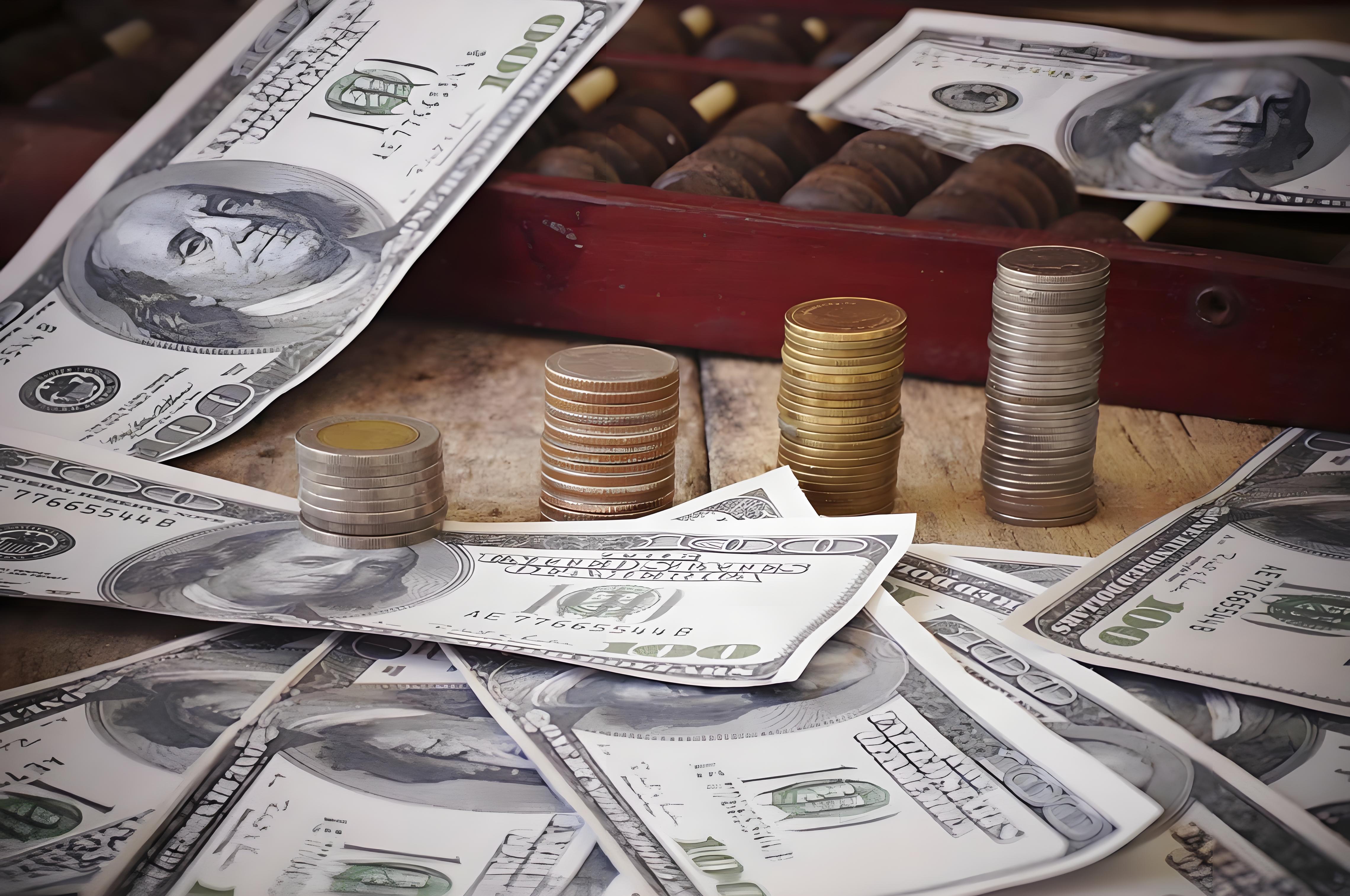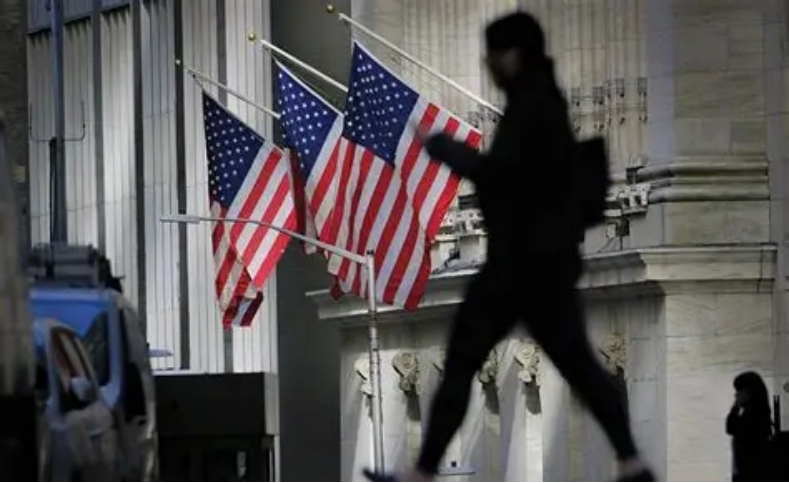
Recently, an analytical report released by Deutsche Bank has attracted widespread attention in the financial markets. The bank's analysis of Exchange-Traded Funds (ETFs) reveals that overseas investors, when purchasing U.S. stocks and bonds with currency hedging, are slashing their dollar exposure at an "unprecedented rate." For the first time in this decade, the scale of capital inflows into dollar-hedged ETFs for U.S. asset purchases has surpassed that of unhedged funds.
George Saravelos, Global Head of Foreign Exchange Research at Deutsche Bank, cited data from over 500 funds, noting that this phenomenon reflects a profound shift in overseas investors' attitudes toward U.S. dollar-denominated assets. Although international investors resumed pouring capital into U.S. assets earlier this year after Trump's tariff policies disrupted the market, they are unwilling to bear the accompanying dollar exposure. Saravelos stated, "The foreign exchange implication is clear: foreigners may have returned to buying U.S. assets, but they don't want dollar exposure. For every dollar of hedged asset bought, an equivalent amount of currency is sold to eliminate foreign exchange risk."
In terms of specific data, dollar-hedged capital inflows account for more than 80% of the total funds flowing into U.S. equity ETFs and 50% of the capital entering U.S. fixed-income ETFs. This indicates that when allocating U.S. assets, investors are placing greater emphasis on using hedging tools to mitigate the risks of dollar exchange rate fluctuations. Meanwhile, the Bloomberg Dollar Spot Index, having fallen approximately 9% this year, is currently approaching its 2025 low—a trend that is somewhat linked to investors' drastic reduction in dollar exposure.
There are several key reasons behind investors' large-scale reduction in dollar exposure. On one hand, uncertainty surrounding U.S. trade policies remains high. The Trump administration's tariff policies have not only triggered global trade tensions but also raised concerns among investors about the prospects of the U.S. economy. This uncertainty has prompted investors to adopt more cautious investment strategies, using hedging to reduce risks. On the other hand, shifts in the global economic landscape have weakened investors' confidence in the U.S. dollar. As other economies continue to develop and rise, the dollar's status as a global reserve currency faces certain challenges, leading investors to seek more diversified asset allocations. Additionally, market expectations that the Federal Reserve will launch a new interest rate cut cycle have reinforced investors' belief that the dollar may weaken further, increasing their willingness to hedge against dollar risks.
For financial markets, investors' record-speed reduction in dollar exposure could have multiple impacts. First, from an exchange rate perspective, massive dollar sell-offs may further intensify downward pressure on the dollar, weakening its performance in the international foreign exchange market. Second, for U.S. stock and bond markets, while investors are still buying U.S. assets, hedging activities may affect market capital flows and price trends. For instance, large inflows into dollar-hedged ETFs may provide some support to the prices of related assets, but they could also reduce market volatility. Furthermore, this phenomenon may influence capital flows in global financial markets, driving funds to shift from U.S. markets to other regions in search of safer and more attractive investment opportunities.
However, some viewpoints suggest that investors' reduction in dollar exposure may be temporary. If the U.S. economy maintains stable growth or uncertainties surrounding trade policies ease, investors' confidence in the dollar may gradually recover, leading to reduced hedging activities. Moreover, the Federal Reserve's monetary policy decisions will also exert a significant impact on the dollar's trend. If the Fed's interest rate cut decisions effectively stimulate economic growth and boost market expectations for the U.S. economy, the dollar may stage a rebound.
In summary, the phenomenon of investors slashing dollar exposure at a record pace, as highlighted in Deutsche Bank's report, reflects the complexity and uncertainty of the current global financial markets. Overseas investors are placing greater emphasis on risk aversion when allocating U.S. assets—a trend that deserves close attention from market participants. Looking ahead, how the dollar will perform and how the global financial market landscape will evolve will require further observation of factors such as economic data, policy changes, and investor sentiment.

The U.S. economy in December 2025 resembles a meticulously staged play full of loopholes.
The U.S. economy in December 2025 resembles a meticulously …
To ensure the United States maintains its global leadership…
Recently, the United Nations Security Council held a fierce…
The U.S. third-quarter GDP growth rate, strikingly highligh…
Recently, US personnel intercepted a "Century" super oil ta…
According to Xinhua News Agency, the subtle changes in the …